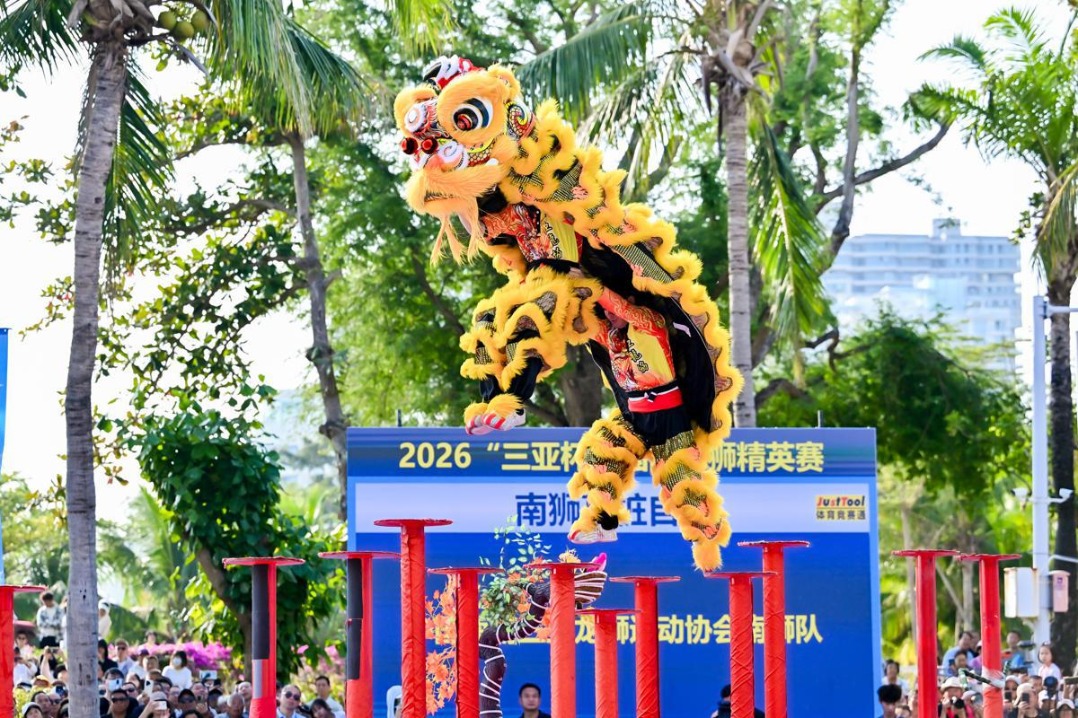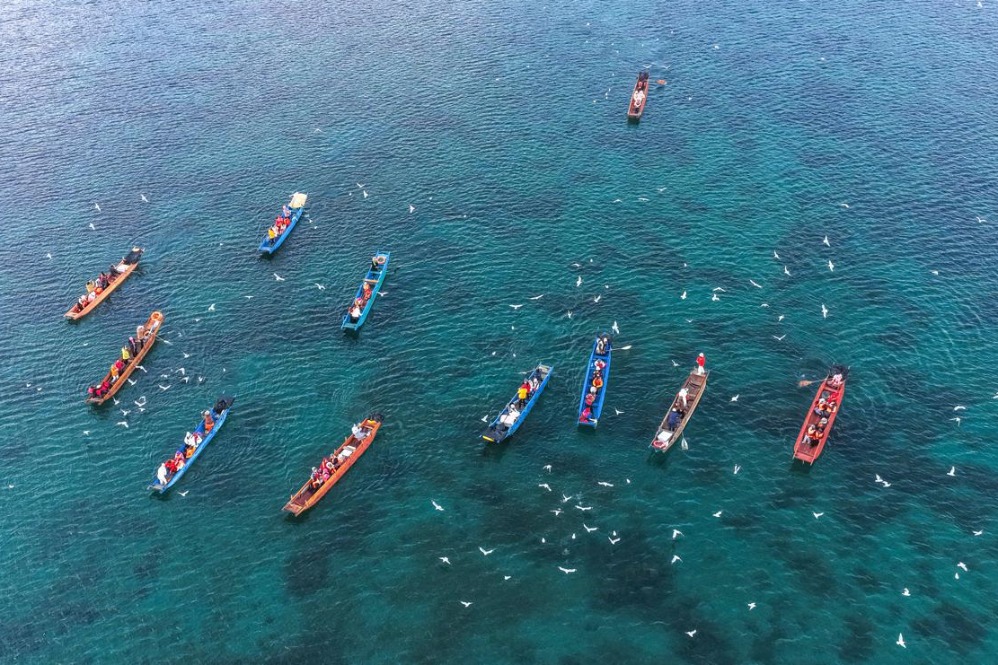Drones and robots among high-tech measures cleaning up Yangtze


BEIJING-High-tech methods such as unmanned crafts and diving robots have dramatically improved water quality in a downstream city on the Yangtze River.
Zhu Jiaxin, who is a water quality control officer in Taizhou, Jiangsu province, said environmental inspectors previously relied on simple methods to monitor a 97.8 kilometer stretch of the Yangtze.
They used boats to collect water samples and were not able to enter deep and swift-flowing sections of the waterway, he said.
However, thanks to embracing new technologies over the past 12 months, the inspectors can now collect data through unmanned crafts, which send back the information every 20 to 30 seconds using radio waves.
Using positioning devices, the unmanned crafts can also reduce deviations caused by fluctuations in water flows.
If the data sent from the unmanned crafts shows abnormal water conditions along the Yangtze, Zhu dispatches unmanned robots to dive to a maximum depth of 10 meters to detect whether there is underwater sewage discharge.
The improvement in the water quality of the Taizhou section of the river was the highest in Jiangsu from last January to November. Rare Yangtze finless porpoises can now be seen breaching the water.
City officials have also placed dozens of 5G cameras on 38 communication towers to conduct real-time monitoring of human activity near the river, construction sites and sewage discharge.
Each of the 43 camera can monitor distances up to 3 km. Information from the videos is then analyzed using intelligent algorithms and inspectors are notified if there are any abnormal conditions.
When there are ships passing water source areas, the inspectors also get alerts from the cameras and inform the maritime department to urge the ships to make a detour.
The real-time monitoring data is hundreds of times larger than that generated from traditional methods.
Sewage discharge information is accessible on smartphones by scanning QR codes displayed on 1,006 signs across the city. The measures have helped Taizhou officials screen, monitor and trace water pollution at 1,054 river outlets.




































